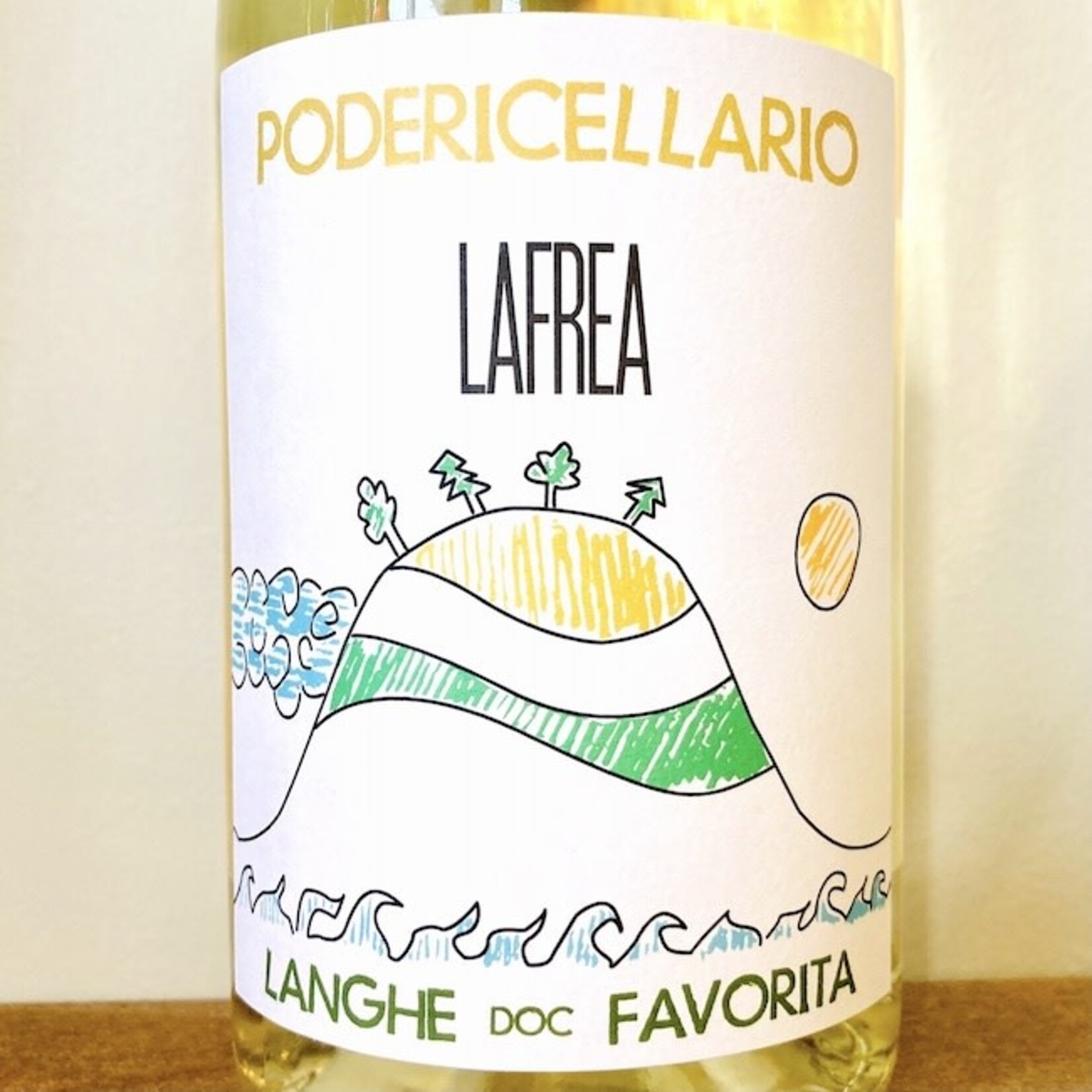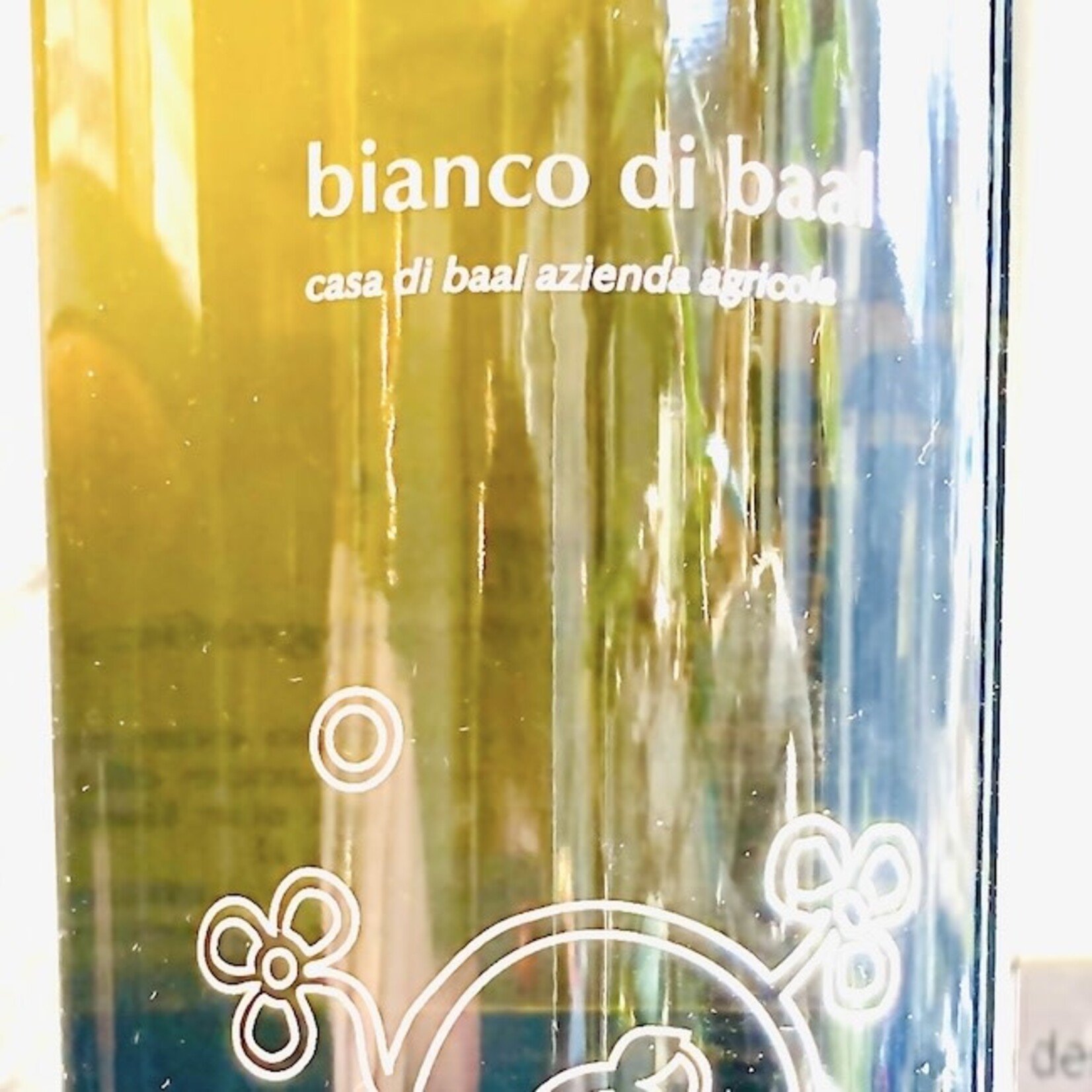May 2024
- Posted on

All over Italy this month, with a brief jaunt across the border to Provence.
Welcome to the latest installment of the Streetcar Monthly Pass. If you’ve already purchased a pass, thank you! If you haven’t, here's where you should go. Below you’ll find some information about each of this month’s six Monthly Pass selections. On to the wines!

2023 Cellario "Lafrea"
variety: favorita
appellation: Langhe
organic
Fausto and Cinzia Cellario are always creating wines that are unfussy and easy to enjoy. The third generation winemakers work only with local indigenous Piedmontese grape varietals using traditional methods in farming and cellar work. Poderi Cellario is in the southwestern outskirts of the Langhe in the village of Carrù, where they cultivate 13 hectares of hilly vineyards and some hazelnut groves. The grape here is vermentino, locally known as favorita because it was beloved by King Vittorio Emanuele II—it’s fresh and soft, subtly fruity and floral in a delightfully understated way. “Lafrea” is a perfect wine for an afternoon aperitif, light fish dish, or a spring inspired pizza bianco with ramp pesto.

2022 Casa di Baal "Bianco di Baal"
varieties: fiano, moscato, falanghina
appellation: Campania, Italy
organic
Casa di Baal is located in a quiet corner of the Parco Regionale dei Piacentini, 30 kilometers from the Amalfi Coast and about the same distance from the Avellino. The influence from both the mountains behind them (Avellino) and the coast in front lead to supremely ventilated vines and olive trees, making organic viticulture an easier task than it otherwise would be. The Salerno family is known primarily for their olive oil production, though the current generation (Annibale's children) are responsible for bringing wine to the fore in recent years. They offer a full range of Mediterranean-tinged fiano-dominant whites and aglianico-dominant reds. This is their house wine, with roughly 70% fiano blended with 20% moscato and 10% falanghina. While the moscato and falanghina certainly make their voices heard, the blend is a more complete wine because of fiano's gravity and mineral depth. A short time on the skins (4 days) lends some of the stone fruit flavors you might expect from an orange wine, though we'd firmly place it in the white wine category. Lovely with seafood and fresh pecorino and semi-soft cheeses, this ray of sunshine will help prolong the later daylight hours we covet this time of year.

2023 Cellier d'Eguilles "Les Cardonnières"
varieties: syrah, grenache
appellation: Aix-en-Provence, France
organic
Le Cellier d'Eguilles is a century-old, 45-member cooperative in the classic Provençale hamlet of Eguilles, which is about 10km northwest of Aix-en-Provence. This wine is our introduction to this mid-size coop, and it is just the perfect little rosé. We're sure there's more to it than that, but let's be honest, given we're at the very beginning of rosé season, we're all going to be drinking this wine faster than it would take to read this paragraph. Santé!

2022 La Sabbiona Centesimino
variety: centesimino oriolo
region: Romagna, Italy
50 years ago, the last remaining plantings of this grape were found in the courtyard of one family's home. Only produced in Emilia, Forli, Rubicone and Ravenna IGT, centesimino oriolo (aka savignon rosso) was officially added to Italy's National Register of Grape Varieties in late 2003. Mauro Altini and his family are among the handful of producers that cherish this grape's significance, and place it alongside albana and famoso as the area's prized indigenous grape varieties. La Sabbiona is located in a panoramic position in the wonderful hills which surround the ancient Tower of Oriolo dei Fichi, in the heart of the Emilia Romagna, just a few kilometres from the town of Faenza. The farm contains 28 hectares of land, 16 of which are vineyards, the rest home to plantings of grains, fruits and olives. Centesimino seems to be halfway to an "aromatic" red grape variety, whose juicy red fruit is accented with subtle aromas of rose and violet. Romagna is one of the culinary centers of Italy, playing home to parmigiana reggiano, parma ham, balsamic vinegar, and a range of famous pasta dishes. Centesimino likes all of these things, as do we.

2022 F. Principiano Langhe Rosso Slarina
variety: slarina
appellation: Langhe
organic
This little unassuming bottle of Langhe Rosso, which is often a designation for blends of the well known Piedmontese varietals, is actually made from 100% slarina. An almost forgotten, rare grape varietal that was once illegal to plant has been saved from extinction and is now in the hands of curious winemakers like Ferdinando Principiano. We love a fairytale grape story. Ferdinando works organically, improving the biodiversity in and around his vineyards by preserving space for wildlife and even creating a pond for migratory birds. His slarina is a spunky low alcohol red that can take a light chill on a warm day. It’s a great porch or picnic wine—sip with antipasto or serve with a lighter seafood pasta in a brothy tomato sauce.

2022 Claudio Vio "Runcu Brujau"
varieties: rossese, ormeasco, granaccia
appellation: Liguria, Italy
Liguria is the crescent shaped strip of land stretching from Tuscany to France, known for its ruggedly beautiful seascapes, mountainous terrain and of course, incredible food and wine. It's here, nestled 12km inland and 300m above the sea, in the half deserted village of Vendone, that Claudio Vio and his wife Maria Grazia farm a series of tiny terraced vineyards (about 2 hectares), producing exemplary olive oil and wine for the region. The main grape they work with is Pigato (and if you ever see this wine on our shelves, scoop it up!) but they also have a vineyard called "Runcu Brüjau" which produces red varietals. "Runcu Brüjau" is local Ligurian dialect for "Scarpata Bruciata" which means "Burned Escarpment", referring to the unfortunate history of wildfires in the area. Their Vino da Tavola red blend is produced in very small amounts (only 50 cases in 2022) so this is a real treat! Herbaceous red fruit, just right acidity, low tannin and a pinch of pepper make for the perfect warm(er) weather red. Give it a light chill and enjoy with basil pesto pasta, margherita pizza or if you need a red to pair with seafood.

